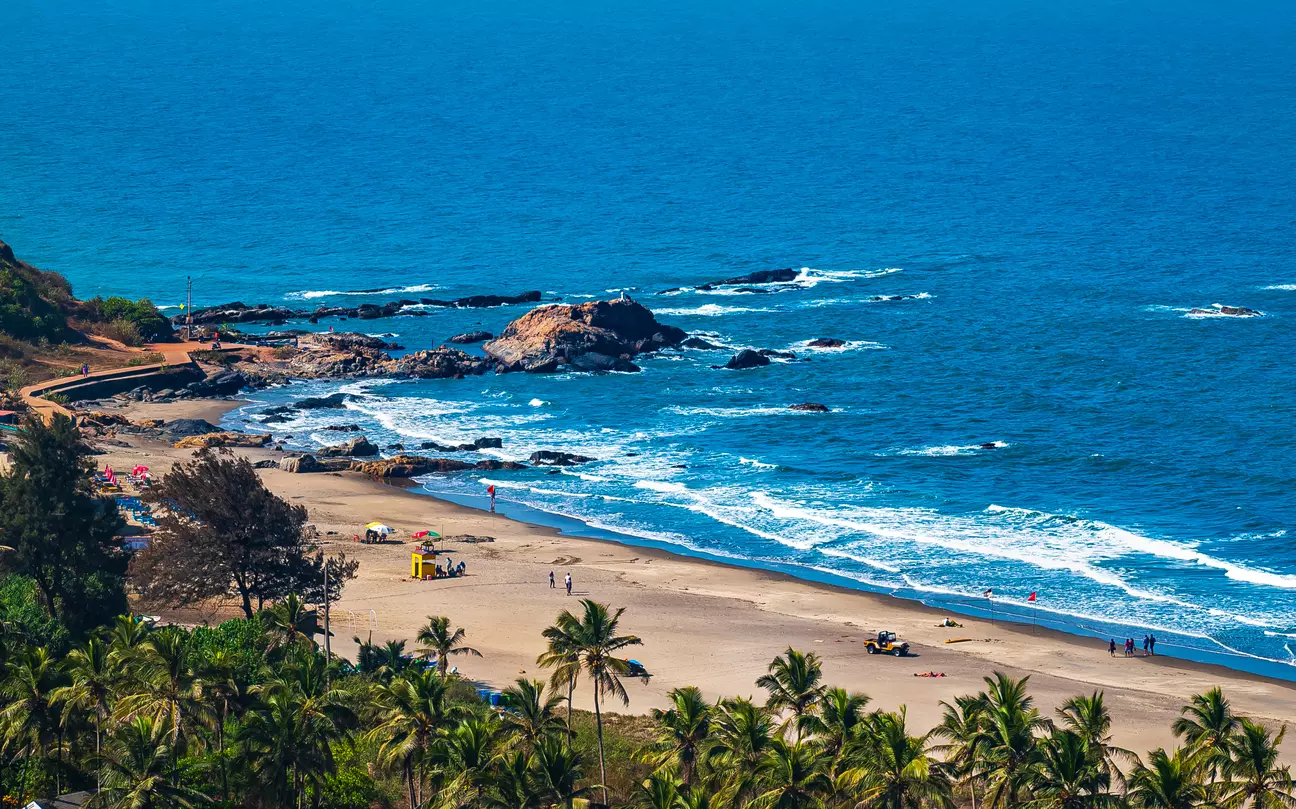
Goa doesn't get quality tourists as it lacks infrastructure of global standards: Official

Panaji, Feb 21 (PTI) As the tourism infrastructure in Goa is not up to the world standards, no quality tourists visit the state, a senior official said on Wednesday.
Participating in a discussion during the ongoing 'India Climate and Development Partners Meet' hosted by the World Bank, state Environment Secretary Arun Kumar Mishra also said that the fly-by-night operators in the tourism industry indulge in violation of laws, including those related to the environment.
"Although Goa is small in size, the per kilometre population in the state is around 400 persons, which is the highest in the country," he said.
Four lakh persons arrive in the state every day, he said, adding that Goa's maximum population was concentrated in the coastal areas.
"The state with the coastline of 104 km holds one crore people and it is the biggest challenge for the policymakers," he said.
"The fly-by-night operators (in the sector) are responsible for violating all kind of laws, including environmental laws," he said.
That is why we need to come up with the sustainable tourism model so that the environment is not impacted. The challenge before the state government is to ensure that the flood gates are not opened for these fly-by-night operators, Mishra added.
"The tourism infrastructure in Goa is good, but it is not up to the world standards, due to which we don't get quality tourists," he said.
Tourism sector accounts for 30 to 35 per cent of the state GDP, he said.
At the event, policymakers, financial institutions, businesses and community representatives have come together to discuss opportunities for leveraging finance for adaptation, replicating successful state-driven climate solutions, and mainstreaming climate considerations in government investments and budgets.
Innovation in climate financing, leveraging technology for climate action, sustainable cooling, community-led resilience, and coastal resilience are some of the areas of deliberation and mutual collaboration at the conference. PTI

